Discover the Irish Wake: Fascinating Superstitions & Sombre Mythology
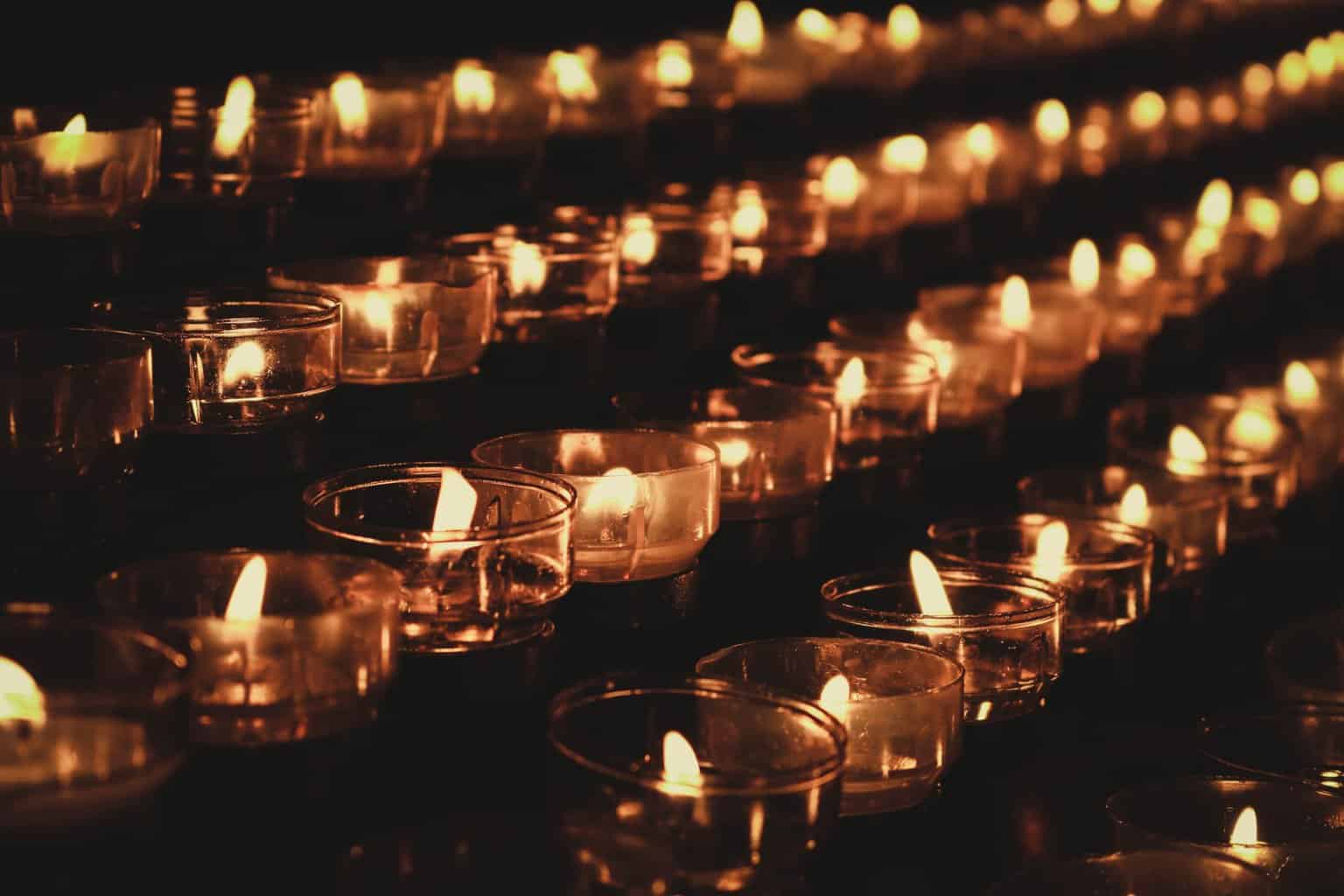
Updated On: April 22, 2024 by Ciaran Connolly
Since the beginning of time, civilisations worldwide have had their interpretation of life, death and the afterlife. It may seem macabre, but our fascination with death is a normal part of the human experience.
Death can be painful beyond belief, but it is something we all must face. Cultures deal with death in different ways; these differences are shaped by the traditions of our societies and the dominant religion in every culture.
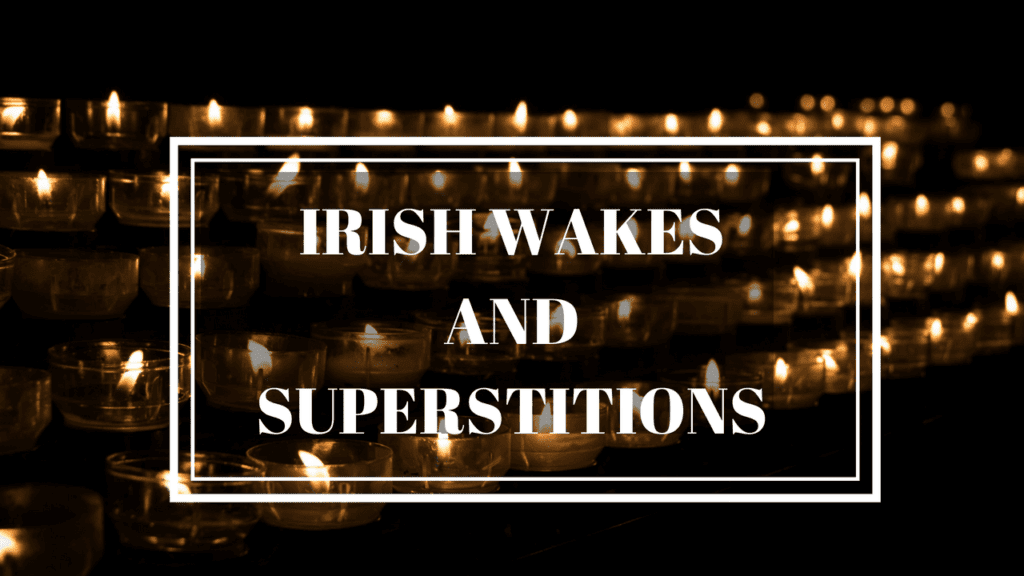
What is the meaning of life? The answer to this question is not simple. Somewhat ironically, we often appreciate the value of something more after we experience the opposite. In other words, you understand health when you are sick, food when you are hungry and warmth when you are cold.
Among life’s many mysteries, one thing is sure: you start appreciating what life has to offer when you experience death.
This article will explore the Irish wake and funeral traditions, some exciting superstitions Irish people follow, popular Irish funeral songs, and more. Scroll down to read through the blog, or click on one of the highlighted sections below to jump ahead!
Table of Contents
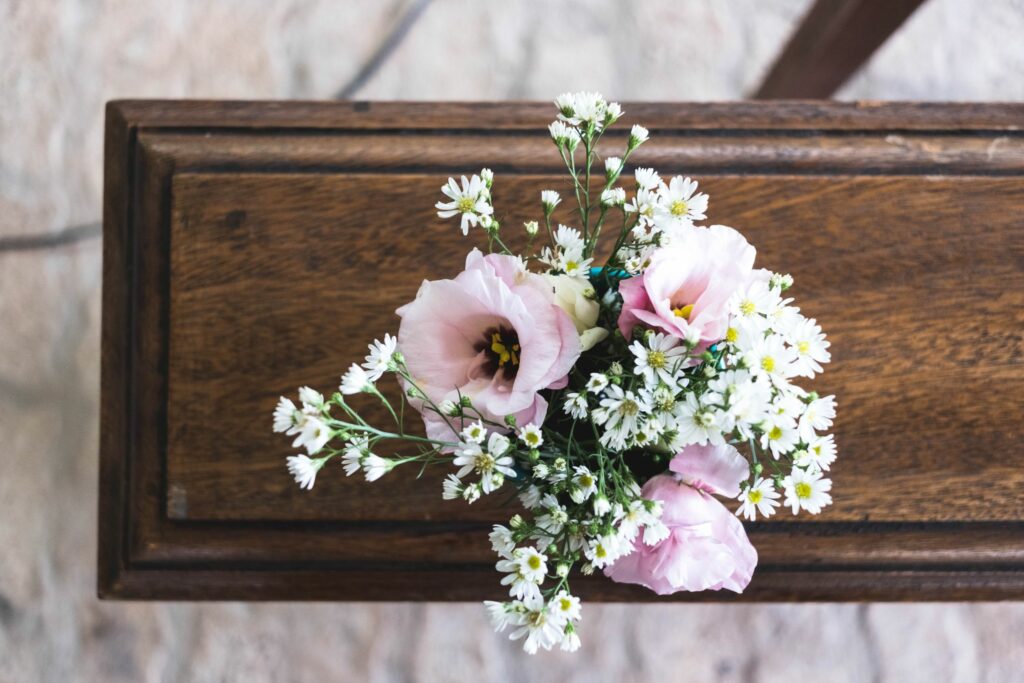
An introduction to the Irish funeral
Another aspect of death that many cultures share is funerals. No matter where you come from, you’re always going to mourn the loss of loved ones. So, what differentiates our way of processing grief in Ireland from other countries and cultures?
The difference lies in how you deal with death when someone you cherish is gone. Irish culture and heritage have always had eccentric customs and traditions, but you may be surprised when you learn about the Irish wake and its associated beliefs. While other countries do carry out wakes, the Irish wake is deemed to be unique to the Emerald Isle.
Funerals can be seen as a way of celebrating someone’s life, which may help to explain some of our unique traditions. It is also important to remember that, traditionally, Ireland was a predominantly Catholic country that took its religion very seriously, which is reflected in our traditions.
Every culture has its way of celebrating the important milestones in life, from birth and marriage to death. Many cultures have influenced Ireland throughout its history. We have created our unique traditions by combining aspects and elements from others.
Death and Grieving in Different Cultures
Death is a part of every community and culture. Despite how harsh death can be, it also has the power to unite people and bring them closer together. When someone dies, people become more aware of their mortality and reaffirm what is important to them, including their friends and families.
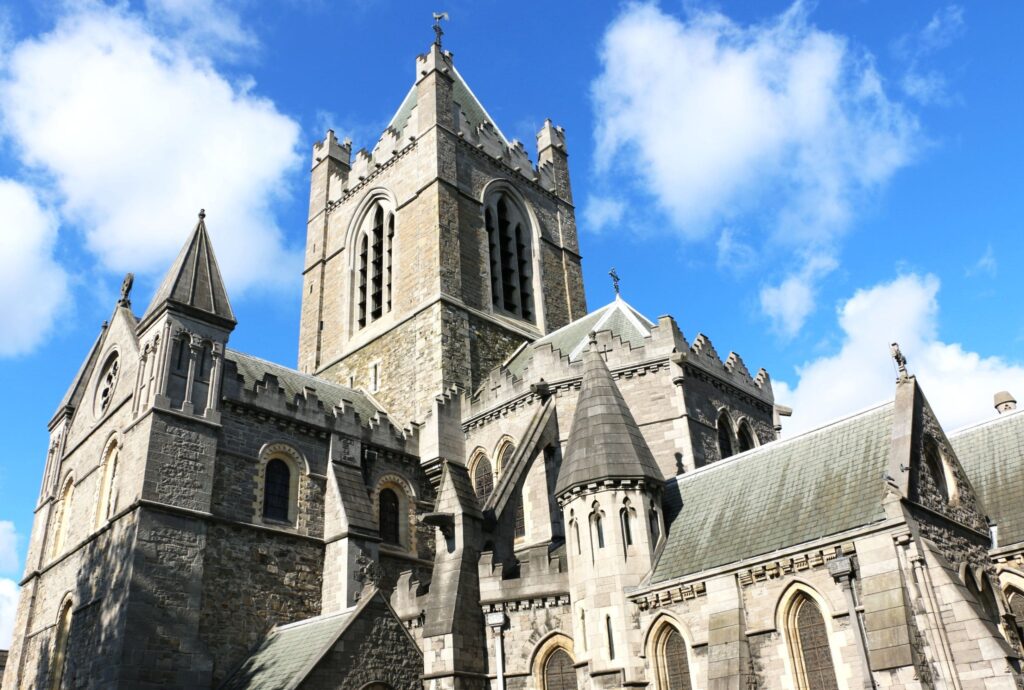
Family, friends, and acquaintances of the deceased gather to grieve and mourn, which offers them a chance to reconnect. Grieving and mourning the loss of a loved one has always been part of death, but we do not all grieve in the same way.
Each culture has its methods and practices of mourning. The same applies to Ireland; traditionally, grieving in Ireland means carrying out an Irish wake. The Irish wake is a tradition that has been performed for centuries. Despite its significance to our culture, Ireland has grown more diverse and nowadays, the wake is less common.
The Irish wake mainly occurs in rural areas rather than towns and cities, which are generally more diverse. That is not to say it doesn’t happen in cities; it is just less common. The mass emigration of Irish people to places such as the USA and the UK means that many people with Irish roots may be aware of the Irish wake and want to learn more.
What is an Irish Wake?
The Irish wake is a tradition associated with death and funerals, yet surprisingly, it is a kind of celebration. This may sound shocking. However, it is not meant to be a fun party. It’s a grieving method where people have one last opportunity to share a special moment with the deceased person.
Irish people believe that the wake is a way to let the dead and the living be bound together one last time.
Why is it Called a Wake?
Transitional periods in ancient Ireland were when the laws of nature became a bit blurred. For example, at Samhain, one of four ancient Irish festivals that date back to pagan times, people celebrated the end of the Celtic year and a transitional period from summer to winter. During the celebrations, the veil between our world and the Otherworld became thin.
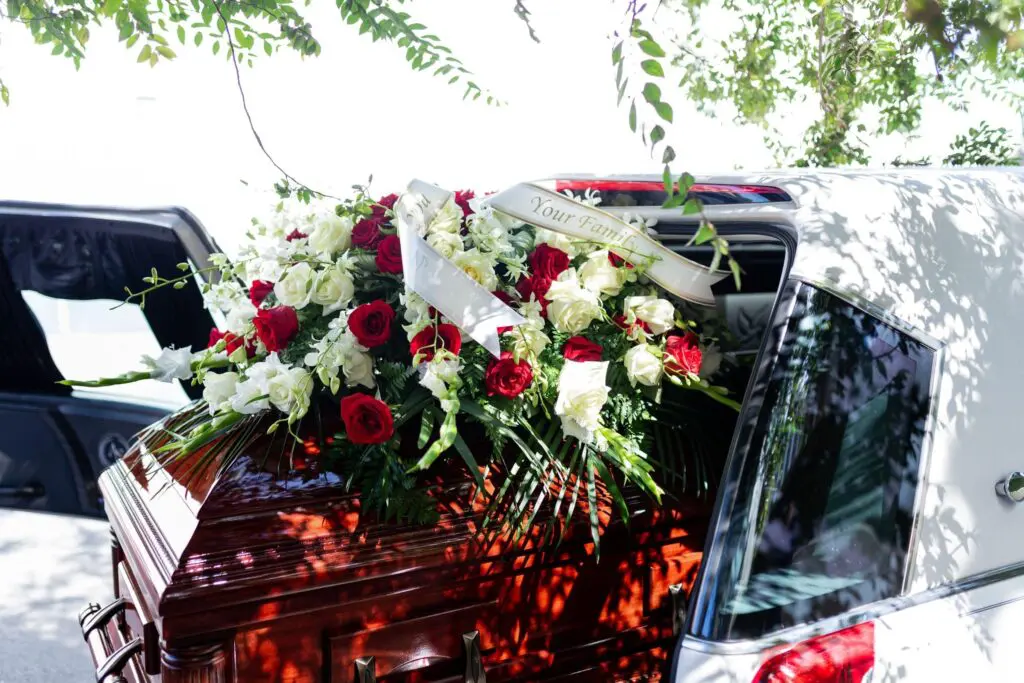
Celtic people in Ireland believed that spirits could slip from the afterlife or Otherworld into our world. These spirits could be the souls of loved ones or evil spirits and monsters. This forms the basis of many Halloween traditions, such as dressing up as ghosts and monsters, trick-or-treating, and even pumpkin carving (although we used turnips).
Similarly to the changing of one year to the next, death was not believed to be an instant process but a transitional period. Irish people thought the soul remained in the body for a day or two. When left alone, it was vulnerable to being taken by evil spirits, so the only way to make sure the soul safely passed on to the afterlife was by having a wake.
There are two theories about the meaning of ‘wake’. Some misconceptions include assuming wake refers to staying awake around the body or checking to see if the deceased wakes up. However, ‘wake of the dead’ meant a vigil or guard, which makes much more sense when considering the belief that the deceased had to be protected.
Irish Wake Customs
The Irish wake occurs in the deceased’s home or the place of someone close to them. A room is prepared, and items belonging to the departed are placed near an open window. Supposedly, the open window is the point from which the spirit of the departed would leave the house.
Among the performed customs, lit candles are put on the deceased’s foot and head. The departed person is dressed in their best clothes, and the body should be visible to the visitors. In some cases, families wrap rosary beads around the hands of the dead person.
Although the wake occurs in a specific room, some traditions extend to the rest of the house. The following customs are part of the Irish wake; however, some no longer occur during modern wakes.
Irish Wake Superstitions include:
- Opening the windows allows the soul to move out of the house through the window. Practically speaking, this helps to preserve the body.
- Closing curtains in every room except where the deceased is laid out.
- Covering mirrors ensures the soul is not trapped inside the mirror.
- Stopping the clock to match the time the death occurred and covering it is a way to prevent bad luck. It may also be a way to signify the importance of the person.
- Lighting candles around the coffin of the deceased was also common. The wax was watched to see the pattern it would form, which could signify more death in the area.
- Wearing black was a sign of mourning but was also used to appear ‘in shadow‘ so the soul does not accidentally enter your body.
Who Attends an Irish Wake?
Those who attend the wake are usually the departed’s family, neighbours, and close friends. Although it is generally reserved for the parties mentioned, some families allow anyone who knew or cared for the deceased to attend.
Typically, death and funerals create a gloomy atmosphere. But at an Irish wake, you can come across people who laugh and share fond memories they had of the deceased.
Once all of the attendees arrive, the wake begins. The prepared room embraces the body of the lost loved one. In the past, the body was kept in that room for about three nights, but nowadays, it is usually held at home for the night before the funeral only.
This allows the loved ones to visit the house and see the body. Each person is allowed to grieve by spending time with the deceased. They either recite prayers or simply say goodbye for the last time. After that, they leave the room and share a drink with the rest of the visitors. That is how the celebration takes place.
The local catholic priest or a family member who is a priest usually attends the wake. They will preside over prayers at the house. The priest at the wake will usually be the same priest who performs the Irish funeral mass.
Check out what Irish Comedian Dave Allen said about the tradition of the Irish Wake in this article from The Journal.
The Origins of the Irish Wake
The actual origin of the Irish wake remains a mystery. However, some sources claim that the tradition derives from religious rituals. They say that Paganism was the reason that the wake came into being.
At first, the church didn’t approve of the practice. However, it was not unusual for Celtic customs to be adapted into Christian celebrations in Ireland when the first pilgrims arrived, so this is a plausible theory.
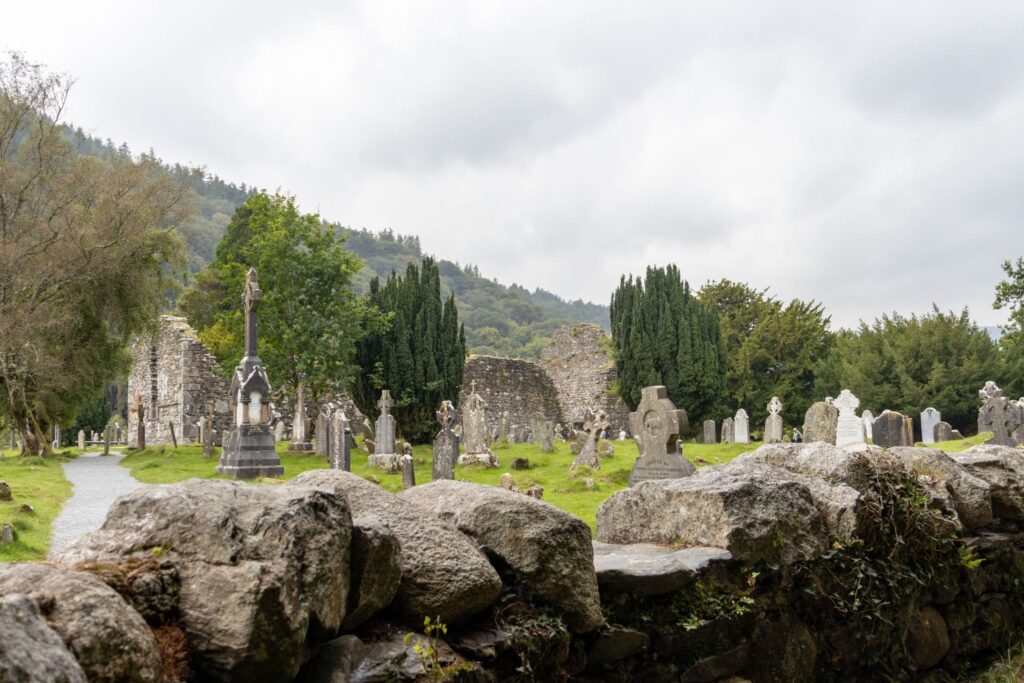
It is widely believed that the ancient tradition dates back to a Jewish custom. In Judaism, the grave, or burial chamber of the recently departed, was left open for 3 days before it was closed for good. During the three days, families would visit frequently, hoping their loved ones would wake up.
There’s another claim about how the Irish Wake came to be. The claim states that there was lead in pewter tanks, which held beers, wine, and other beverages that people consumed during ancient times. The lead was transmitted to the cups and would cause lead poisoning. This caused the drinker to enter a Cationic State, which resembled death.
As the drinker could regain his/her consciousness after hours or days, the wake happened to ensure the person was dead and not just poisoned. However, this version of events is seen as more of a myth than a fact.
You probably have heard of the Irish drinking culture; we have embraced it as part of our tourism. If you are visiting Ireland, check out our ultimate pub guide of over 80 bars in various cities across the Emerald Isle.
The custom of a wake is a part of many religions, but it is probably most associated with being a part of the Irish culture. It is not important how it came to be because one thing is for sure: the wake allows time for people to process the loss of a loved one with family and friends.
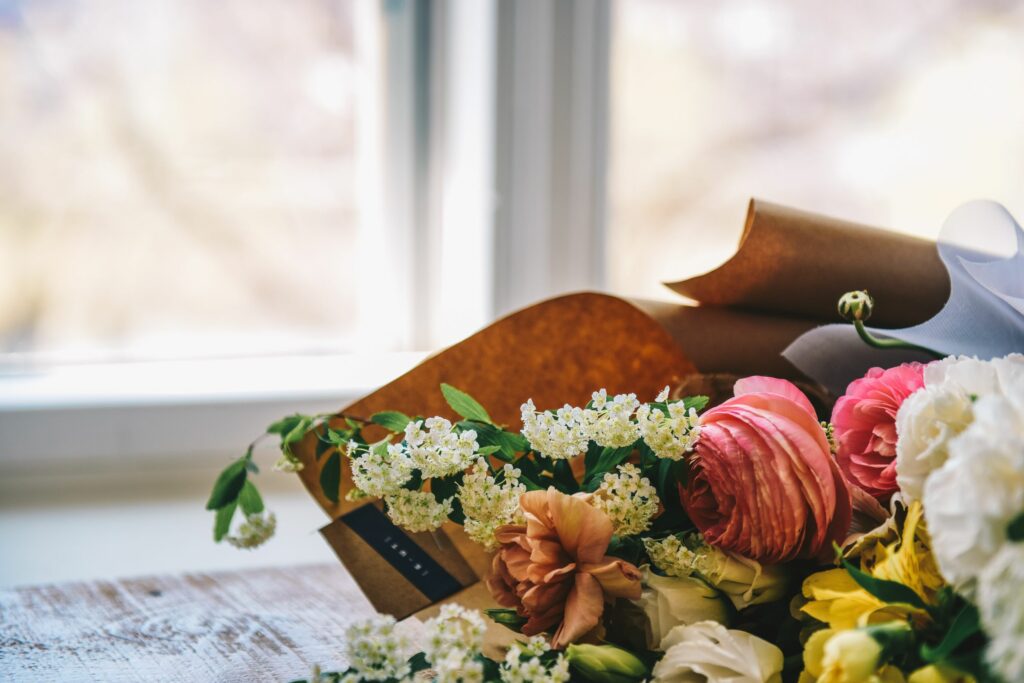
Often, funeral planning and expenses can take up all of a person’s time during the grieving period, so the wake allows guests to celebrate the life of a loved one while helping the chief mourners by being present.
The Third Birthday
The Irish wake is pretty similar to a viewing before the funeral. However, people in Ireland believe that is a cause for celebration. In modern times, the wake celebrates the life of the deceased person. It gave the guests a day to remember and cherish the times they crossed paths with their lost loved ones.
On the other hand, people in the ancient world celebrated death too. There was a notion that death was the third birthday. The first birthday was the day you were born. The second birthday was during your baptism, as your soul was born with new beliefs. Finally, the third birthday was entering the afterlife.
The third birthday is just one of many unique Irish sayings that Irish people use daily.
The Procession of the Irish Wake
The wake takes place after an embalmer or funeral director prepares the body of the deceased. Traditionally, it was a job reserved for women because it was believed that women washing the dead would bring fortune. However, any professional can do this task nowadays, regardless of gender.
The body then lay near a window to let the spirit fly away to its eternal rest. The window had to remain open; if anyone shut it, they were believed to be cursed for eternity. Below are the rituals that follow placing the dead body near the window:
Wailing or Keening
After preparing the body, it is preferred that it is never left unattended on its own until the burial. If the family members were not around, then there was to be a woman who watched over the body. Wailing and crying are spontaneous responses to death and loss in almost every culture; they are natural responses to trauma and grief.
However, in ancient Ireland, while grief was expected, there was also a tradition to be performed. Keening is a form of sean nós singing, similar to wailing.
You weren’t supposed to cry in ancient Ireland unless the preparation was over. If you did, evil spirits would gather and take the soul of the person instead of allowing it to travel on its own. The wailing would start after the preparation, but there was an order to the crying.
There had to be a lead keener, typically a woman. She’d be the first person to weep over the dead body and recite or sing poetry. All the women at the wake would join in and wail together during that time. Keening was integral to the Irish funeral ritual until the 18th century. By the 20th century, the practice was almost entirely extinct.
The process of keening:
- A bard (Celtic storyteller) prepared the keen in advance.
- The body was rested on an elevated spot and decorated with flowers. It is still traditional to place the coffin on a table during a wake.
- The relatives and keeners were separated into two groups at the head and foot of the body.
- A harp accompanied the lamenting lyrics.
- The lead keener began singing.
- The rest of the singers would join in.
Throughout the night, family, friends, and neighbours take shifts sitting in the room with the body, reminiscing about the loved one’s life, telling funny stories, and enjoying each other’s company. It is quite a wholesome experience, as everyone is allowed to be sad, but there are also pleasant moments of celebrating the deceased’s life.
Of course, depending on the nature of the death, a wake can be very different. A tragic, sudden, or young death will always be extremely sad. Attending the wake of a much older family member who had lived a long, happy, and healthy life is usually a wake that has a lot of joyful reminiscing. In all cases, it is essential to be respectful.
The Blend of Joviality and Grieving
After the wailing is over, the mourning process starts. For many cultures, this kind of mourning may seem eccentric and peculiar, but hundreds of years ago, it was common practice in Ireland.
People in the Irish wake shift between celebration and tears. They would celebrate by drinking and eating plenty of food. Singing was part of the celebration and amusing stories about the departed person. Internet was sharedstingly; people would often play fun games, too.
Funeral Games, or memorial games, were athletic events honouring someone who had recently passed away. It was a way to create an enjoyable day in the memory of a loved one. Memorial events are still held every day in Ireland.
In the past, the church never approved the practice of the wake. It believed it was impolite and disrespectful to the dead, even though that was never the intention of the hosts. The church had spent years trying its best to discourage the Irish wake, but they failed because, ultimately, families and loved ones should be allowed to grieve in the way they want.
Traditions can generally be altered and changed to suit a person’s wishes. It is not seen as disrespectful to break tradition nowadays if a person does not want to have a wake. However, telling someone they shouldn’t have one is rude if they want to.
Paying Final Respects
The morning of the funeral is everyone’s last chance to pay their respects to the departed person. On that day, the funeral is started by placing the body in a coffin. They bring the coffin outside the house to take it to the graveyard. It is the time when the mourners kiss the dead goodbye and bid their last farewell.
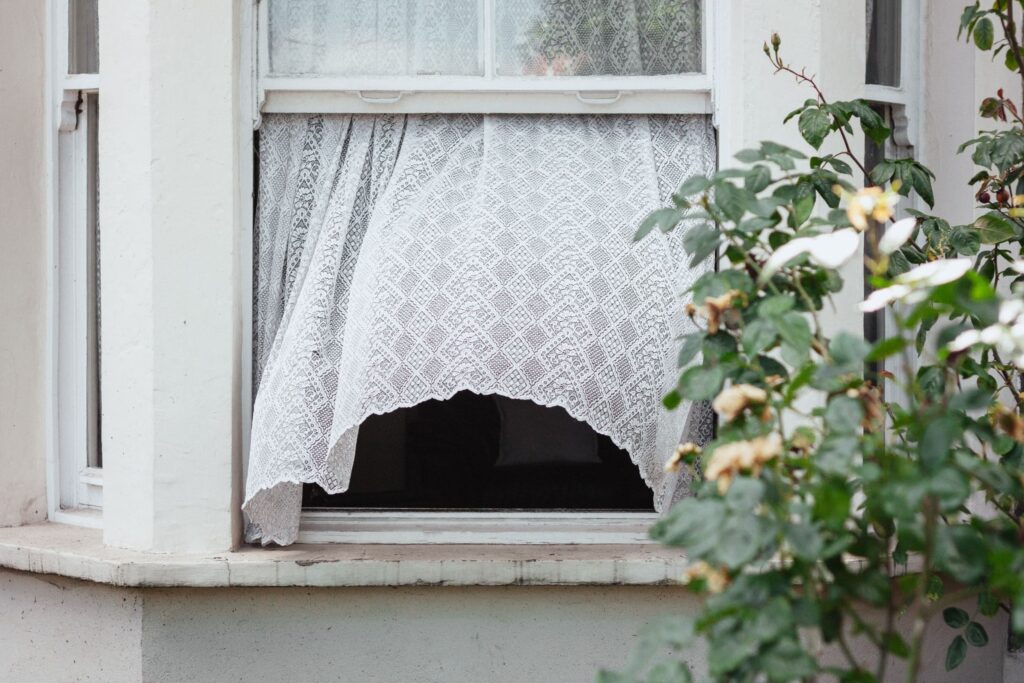
The journey begins at the local church and then heads to the graveyard. People carry the coffin and walk on foot until they reach the final destination, the cemetery. Once they reach the graveyard, they lower the casket into the grave, and the priest says a final prayer.
The Irish Wake and Funeral in Modern Times
As time passed, the Irish wake tradition started to vanish, but it hasn’t ended by any means. Many people still carry out this custom in a very traditional way. In modern times, Ireland has become a diverse country.
We have made new traditions and lost some old ones, but the Irish Wake is still strong. People in the countryside and rural areas still perform the rituals associated with the wake.
Even though people in the cities rarely hold an Irish wake, they still respect it. Does that mean that people in modern times are no longer familiar with the wakes? Not at all. They’re still familiar with the custom; there is an updated version of the tradition as well.
The Irish Wake Memorial Service or Funeral Reception
Nowadays, people refer to the custom as the Irish Wake Memorial Service. It is more like hosting a party where people celebrate the departed person’s life. In the old days, viewing was an essential part of the wake. People visited the house where the deceased body was laid out in their best clothes.
However, things have changed, and viewing is no longer required. The typical Irish wake in the modern world occurs after the burial. During this celebration, people gather to share stories of lost loved ones and have food and drinks.
The Irish wake no longer lasts for days; it only takes a few hours or an entire day at maximum. It is a party that everyone is welcome to attend. It is most commonly held in the local pub, so invites are unnecessary.
Speeches are made, and the family usually caters for guests with dinner and light refreshments. It is almost similar to a wedding celebration but much sadder. It is a sign of respect to attend the event and a way to remember the person less formally.
Modern Traditions of the Irish Wake
Throwing an Irish wake party is more flexible than it used to be in the old days. People often discuss their funeral wishes while alive, and families usually want the day to represent the person they know and love.
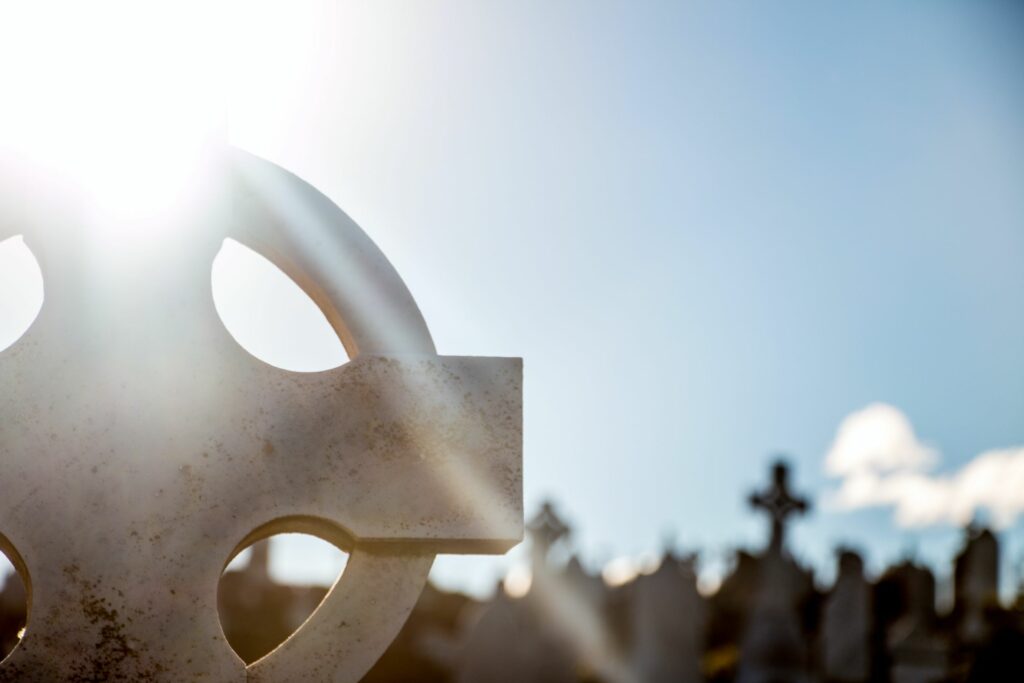
In the West, there is expected to be a public viewing in a funeral home, where anyone can attend to pay respects. The Irish wake takes place that night in the family’s home, reserved for close friends, family and neighbours.
Then, the following day, the funeral is held, and the public can again attend. The reception occurs after the burial, which everyone is invited to attend. To summarise the modern Irish funeral process:
- The body is prepared at the funeral home
- Public viewing at the funeral home
- Wake at the deceased’s family’s home
- Funeral at the church
- Burial or cremation
- Funeral reception at a local pub or restaurant
Of course, this is intended to be a fully comprehensive summary of the process. Many abandon certain elements or follow their traditions, which is entirely expected.
Food and Beverages of the Irish Wake
Since an Irish wake is a party, there must be food and beverages. The family usually provides food and drinks, whether in a public place, at a house, or even at the local pub. Some families ask their guests to bring dishes. Appetisers, from traditional Irish food to hearty roast dinners, are essential to a party.
The menu at a wake is simple and usually comprises soup, sandwiches, biscuits, cakes accompanied by tea, coffee, and traditional Irish drinks. Neighbours and close family usually bring a platter of sandwiches, biscuits, or desserts so families don’t have to worry about making food for guests.
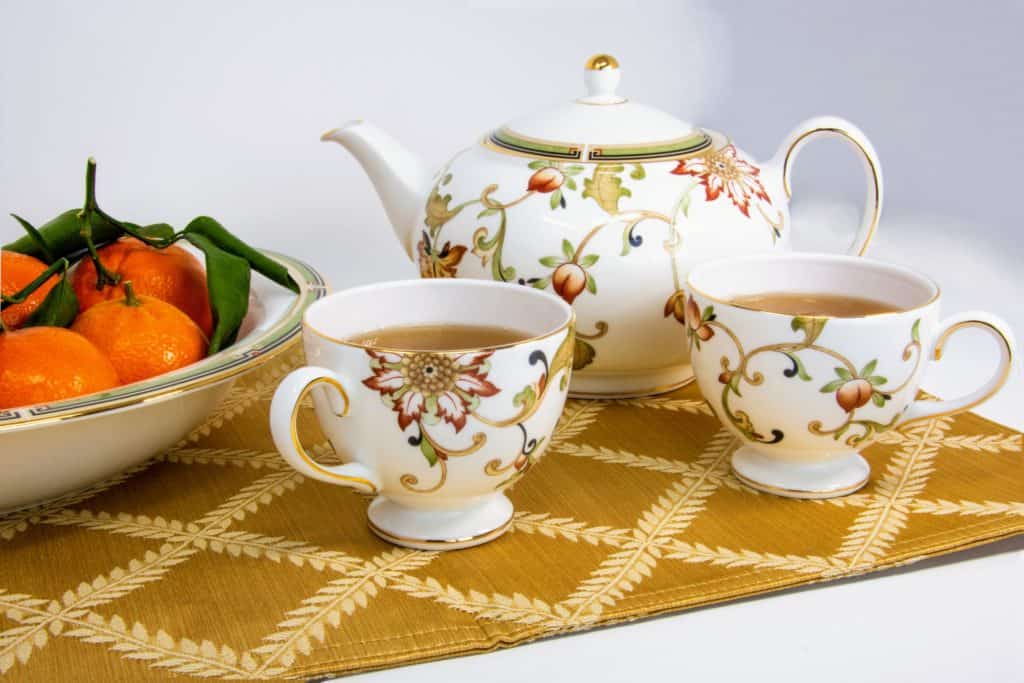
For the proper toasts, beverages should include wine, scotch, Irish whiskey, and beer. On the other hand, there are always alternate choices for non-alcoholic drinks.
Food and drink are served on the family’s finest china with the best cutlery. It was custom to have a set of dishes received as a wedding gift and only used for special occasions, such as a wake or the blessing of a home. Hospitality has always been taken very seriously in Ireland.
Other Activities held at an Irish Wake
The main activities of the Irish wake are enjoying the food and drinks while telling stories about the deceased. While people enjoy their time together, pictures of the deceased are usually on display. The reason behind this tradition is to give room for the guests to remember things about the departed and share them.
The atmosphere is not as gloomy as it was in the old times. However, there is a fine blend between grieving and joviality. It is as if people in modern times have taken a different approach to how they perceive death.
The wailing and keening that used to take place in the past are no longer practised. Instead, people sing, tell stories, and enjoy their time together. When a loved one dies, many relatives return home for the first time in years, so there is plenty to catch up on during the wake. It is one positive aspect of the difficult time.
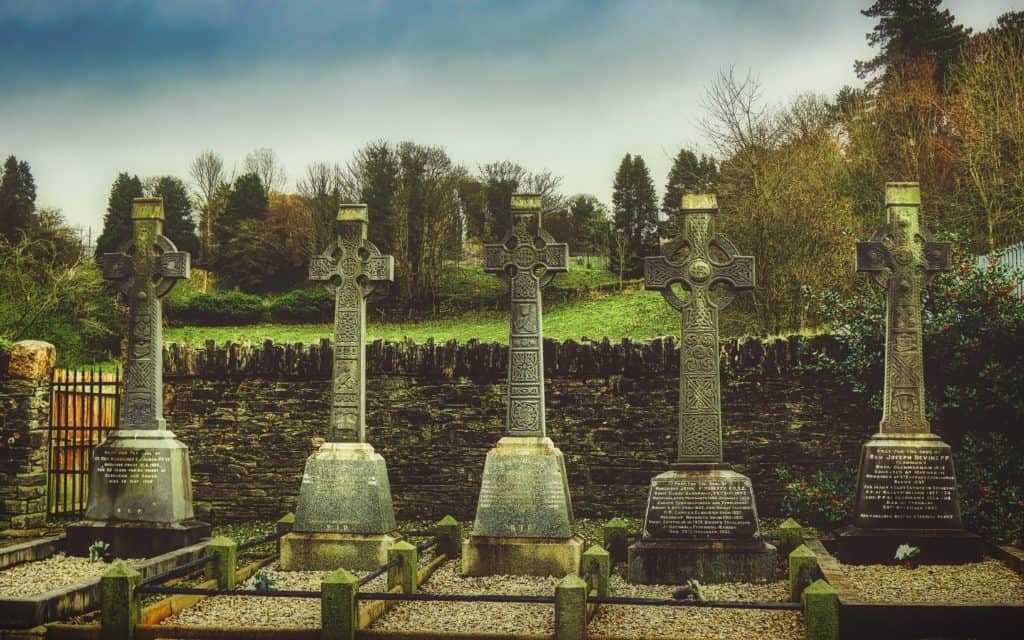
What Happens During an Irish Funeral?
After the Irish funeral mass, the coffin is carried into the hearse. A funeral procession begins, which involves people walking or driving, depending on the distance, behind the hearse from the church to the graveyard.
How the Irish Remember the Dead
The Month’s Mind
The month’s mind is a requiem mass that takes place around 4 weeks after the funeral of a loved one. It is an excellent way to gather again as a family and community to honour the recently deceased. Still, it is also a reminder to check in on other family members as people begin to move on from the funeral.
Death Anniversaries
For the long term, there is an optional anniversary mass held once a year upon the request of a family member for someone who has passed. This is an excellent way for a community to remember someone who died a few years ago and brings a lot of comfort to families.
It is common for families and friends to return home and celebrate the deceased’s life together after the mass. Having more than one anniversary mass during any Sunday celebration is not unusual. Multiple deceased family members are usually remembered together.
Lighting Candles
Lighting a candle for a loved one when in a church is custom. It is a way of mindfully remembering people who have passed away. Many people will do this every week when they attend mass.
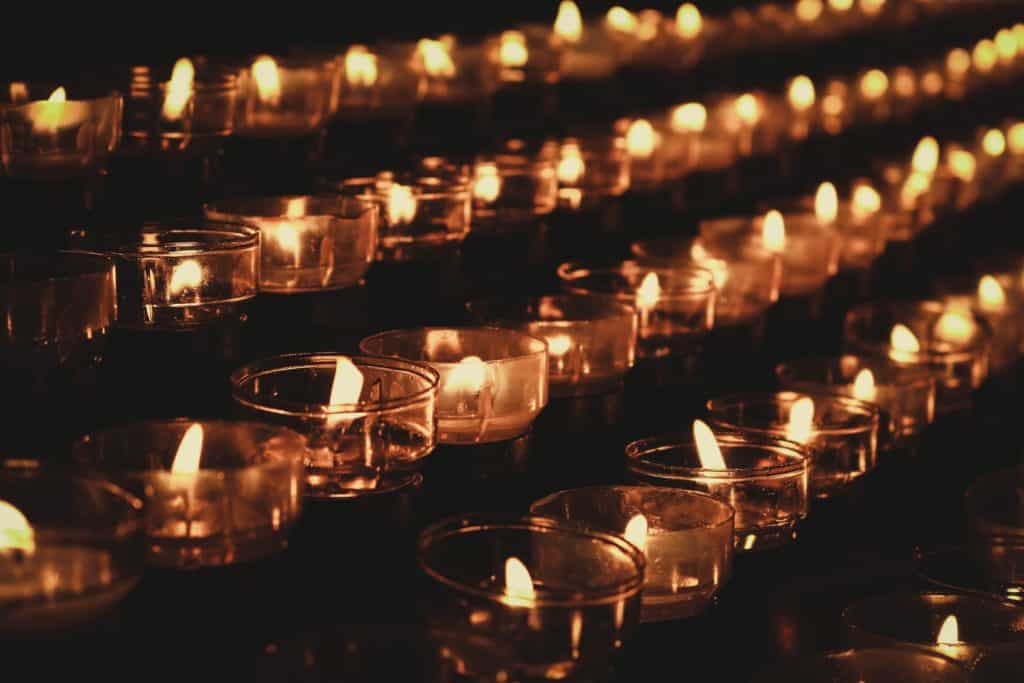
Funerals in Irish Mythology
Irish mythology has always included details about the ancient culture of Ireland. It tells us a lot of fascinating tales about warriors, fairies, magic and misfortune. Funerals have always been a part of the tales of Irish legends. The most common death-related character in Irish myth is the Banshee, a female spirit that wails at funerals.
After holding an Irish wake party, people head to the funeral. They believe a wailing sound signifies the Banshee’s presence there. She has always been a sign of doom and misfortune. This female spirit wails at funerals to help make people aware of their fate and destiny.
However, as we now know, wailing was part of the Irish wake, and women usually performed the tradition. Comparing the organised wailing and Banshee’s cry would not be far-fetched. Still, unfortunately, much of Irish tradition was not recorded until centuries after it happened, so it is nearly impossible to know for sure.
Who is the Banshee?
The name Banshee derives from the Irish words ‘bean sí‘ from the old Irish ‘bean síde’. This translates to ‘female fairy‘. The Aos sí were the fairy people of Ireland originally known as Celtic Gods and Goddesses. It is believed that most Irish deities retreated underground to the Otherworld. Over time, their descendants became the fairies of Ireland.
Some regions picture the Banshee as an attractive young woman, while others believe she is a mysterious old woman. Either way, she is a female spirit who weeps and wails.
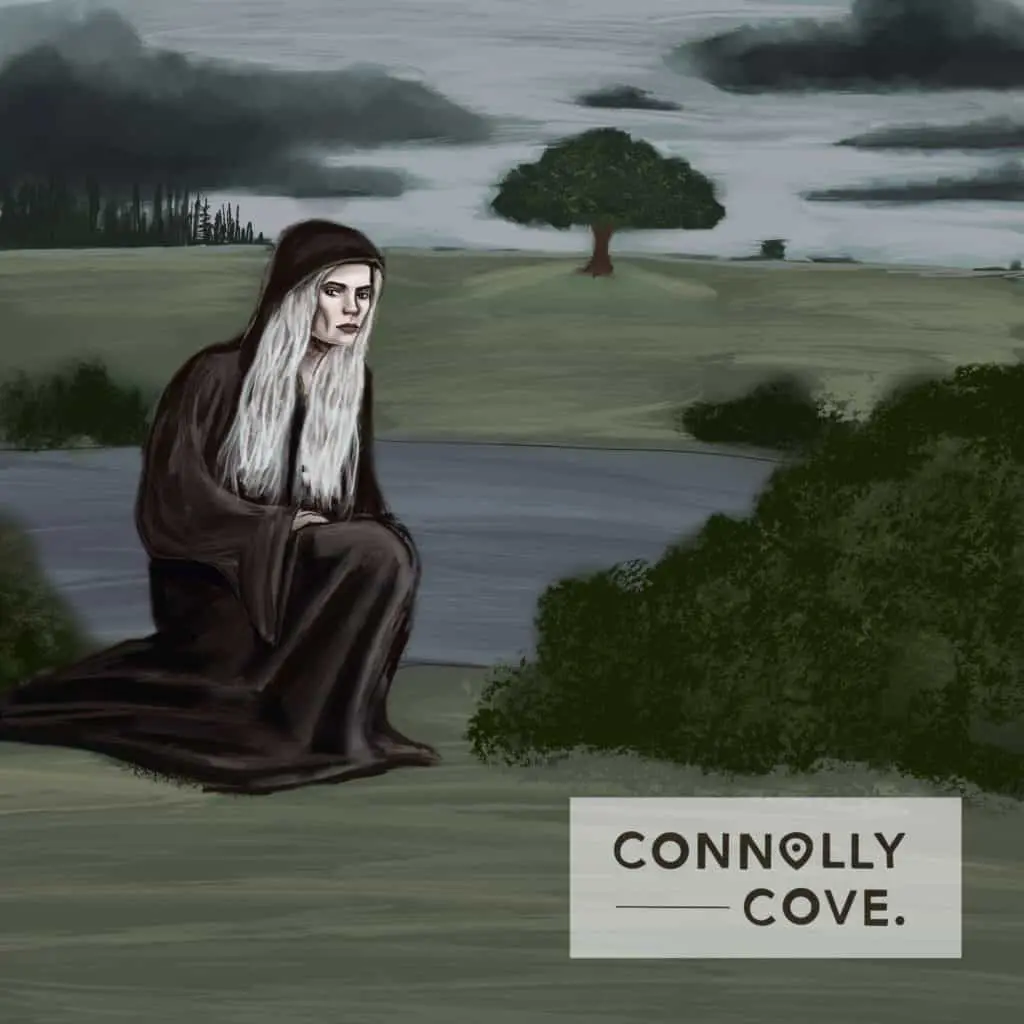
In the Irish mythology, the Banshee is sometimes depicted as a bird. Legend has it that the bird lands on windows as a sign of death approaching the house’s residents. This could be related to the Morrigan, the Celtic Goddess of War and Death, who would turn into a crow and fly over the battlefield as an omen of death.
Moreover, Scottish mythology also adopts the notion of the Banshee. They believe the Banshee to be a laundress who washes blood-stained clothes, while other sources state that it washes the armour of soldiers who will die in their next battle.
What exactly is the role of the Banshee? According to Irish mythology, her wailing and weeping are a sure omen of death. It is almost as if she is breaking the news to the family instead of trying to warn them. Not every family has its own Banshee, although some believe one Banshee would follow royal bloodlines.
Oddly enough, people believe this female spirit only laments the Milesian descendants. Most Milesians are those whose last names include Mac, Mc, or O’. This may be random, but there is more to this story. The Milesians drove the Tuatha de Danann underground when they defeated them, so the Banshee haunting these families makes sense regarding the mythological lore.
It is also said that the Banshee stays around at the Irish wakes, lamenting the family, which may explain why women wailed at wakes. In mythology, it was believed that a natural person could act as the incarnation of a god or deity, as discussed in our Queen Maeve article.
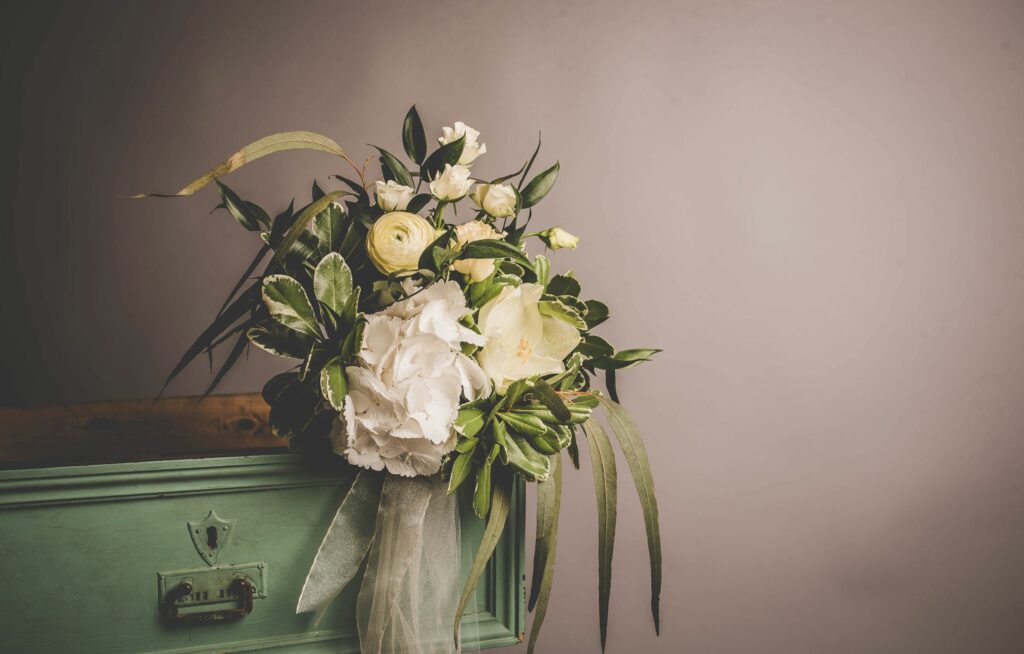
Ultimately, many people are said to have heard wailing before receiving shocking news that someone in their family had died.
The Origin of the Banshee
How did the legend of the Banshee originate? Like everything in Irish mythology, the origin remains shadowy and enigmatic as our myths were not written down until centuries after they were told.
Some people believe Banshees are women who died before their scheduled time or while giving birth. Their belief provides a further explanation of the role of the Banshee as a woman who is mourning her death and avenging the injustice of her untimely demise.
On the other hand, as we have already discussed, the Irish legends claim that the Banshee descends from the magical race, the Tuatha De Danann. Fairies are believed to be descendants of the Celtic gods, and the Banshee is considered a lone fairy. Like most mythological characters, Banshees are fairies with supernatural powers.
While it would be nice to have a confirmed and fully recorded mythology, there is something mysterious about the Banshee and Celtic mythology, which adds to its allure.
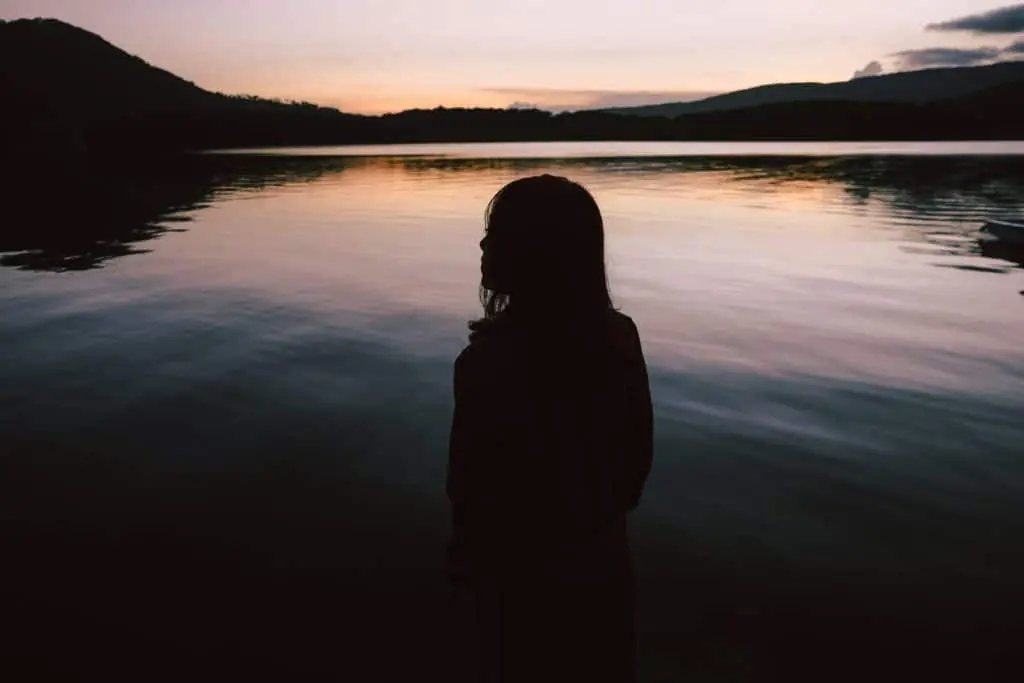
Frequently Asked Questions about the Irish Wake
What is a Catholic Wake?
A catholic wake is held after the death of a loved one and before their funeral. It is a prayer and celebration night where people wait until dawn with the body. People spend the night praying, celebrating the life of their loved ones, and grieving their death. The body should not be left alone during these celebrations.
How Long is a Wake?
Guests can stay anywhere from a few minutes to a few hours, depending on their relationship with the deceased. Modern wakes usually last overnight as people wait up with the body. Traditionally, the Irish wake would last at least one day and sometimes up to two or three.
What Should I Wear to an Irish Wake?
While the wake can be upbeat sometimes, you should wear dark formal clothes. If unsure, wear something suitable for the funeral mass to a wake, or wear ‘business/professional’ attire for a formal occasion. Men wear black suits, and women wear black dresses or dark outfits.
It is best to keep it simple but formal.
When Should I Go to a Wake?
If you are not too close to the deceased but want to show your respects, you should go early, usually between 5 pm and 8 pm. This allows you to leave early and give the family time alone with each other. If you are close with the family and plan to stay late into the night, you can arrive anytime.
You may even choose to help the family set up early in the day and then return a few hours later for the wake.
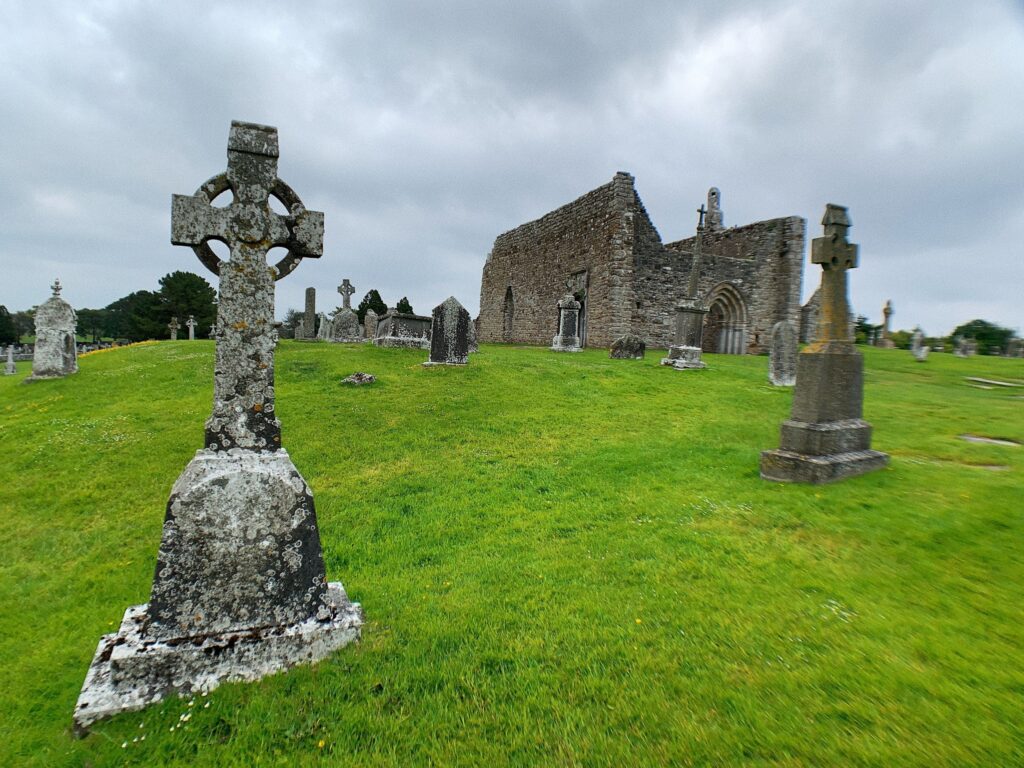
Can Anyone Go to an Irish Wake?
If the death notice says ‘house private‘, the wake is only for family and guests. However, if this is not mentioned, anyone who knew the deceased or their family can attend to pay their respects without an invitation.
Where is the wake held?
The wake is commonly held at the home of the deceased or the home of someone close to the deceased.
What is an Irish Wake Like? What Happens at an Irish wake?
You may hear both laughter and tears at the wake. The atmosphere is respectful, and people try to celebrate the life of the deceased, but it is still a sad day. The mood will change from wake to wake, depending on the circumstances of death, so try to read the room to see if the general vibe is cheerful or sombre.
At an Irish wake, people often cry, tell stories, and reminisce about their loved one who passed away. Food and drinks are typically served.
What Should I Do at an Irish Wake or Funeral? What is the Etiquette?
You should first pay respects to the family, who will more than likely be in the room with the body. You should then stand at the body of the deceased and say a prayer or spend a minute with them. If you are unsure what to do after this, just observe what other people are doing.
It is okay to feel a bit awkward; the family will appreciate your visit to the house. There may be a condolence book to sign near the door. The family is often so busy during the wake that they won’t get a chance to speak to everyone, so signing your name is a great way to show your respect and let them know you stopped by.
What do I Bring to a Wake?
You can bring a condolence card with you to show respect. If you are close to the family, offering to bring food with you to ease their stress is nice. A plate of sandwiches, a tin of biscuits, or cake is a nice gesture.
You could even offer to make dinner for the family on the days around the wake or funeral, as they will be too busy to cook. Close neighbours will bring pots, chairs and tables to the house.
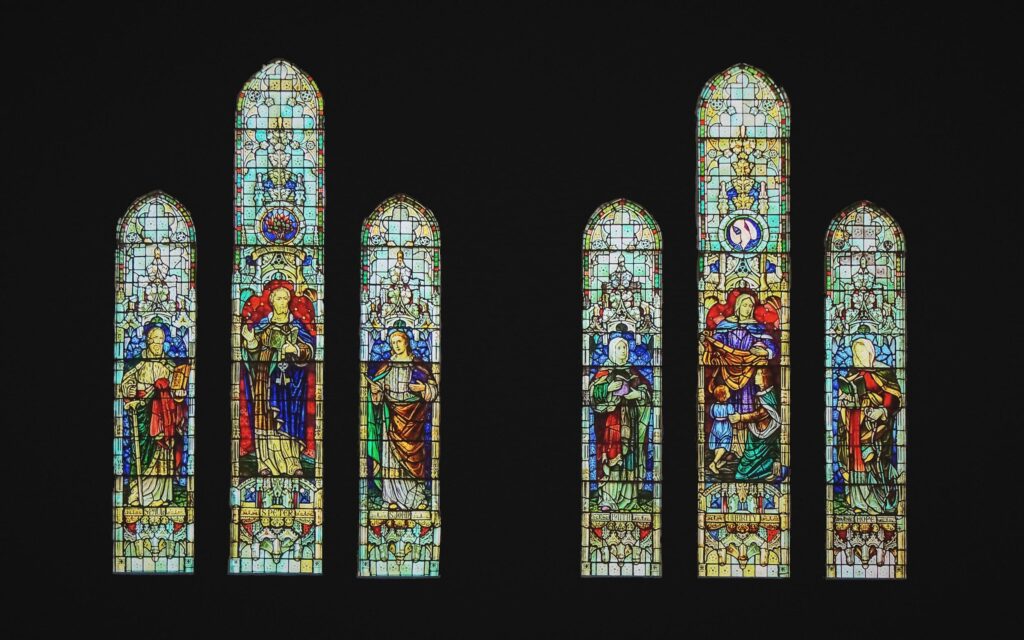
Should I Attend the Wake or the Funeral?
You can attend both. The wake is more personal; you are in someone’s home and often speak directly to the deceased’s family. The wake is good for seeing the deceased and talking with their family.
The funeral is more commonly attended by people who want to show their respects but may not know the deceased’s family well. You will still get to speak to the family after the mass, but it is undoubtedly less intimate.
Can a Viewing and a Funeral be on the Same Day?
A viewing in a funeral home is an alternative to the traditional Irish wake. It is usually the evening before the funeral but can be held on the same day if the family wishes. However, if the wake is held at home, it is usually on a separate day from the funeral.
What is the Difference between a Wake and a Viewing?
A wake takes place at home and lasts an entire night, while a viewing usually takes place in a funeral home and lasts around 2-3 hours. At wakes, it is customary to stay a few hours or overnight, but viewings only last a few minutes per guest.
People enter the room at a viewing, shake hands with the chief mourners, and then pray at the coffin before leaving.
What is the Difference Between Wake and Funeral Attire?
There is not much difference in attire for wakes and funerals. Clothes should be formal, professional and dark in colour. A wake can be slightly less formal, but you won’t be out of place wearing a suit or formal dress.
The Irish Wake Helps Celebrate a Loved One’s Passing
Death is a saddening incident that can happen to anyone, but Ireland seems to have found a way to deal with the grief through celebration. In the past, Irish people believed that being dead meant transferring to a peaceful afterlife, which was a cause for celebration. We have continued this tradition into modern times to try and celebrate the life of a loved one while grieving.
The Irish wake is an attempt to celebrate a person’s life and be close to loved ones during the complex grieving process. It may seem unusual to an outsider, but it is a positive way to embrace hardships as a community rather than leaving people to mourn alone.
Although we have detailed many of the standard Irish wake traditions and customs, not every Irish wake looks like the one we have described. Traditions vary from village to village, and every family does their best to create a funeral that their loved one would appreciate. This is more important to follow than any traditions or customs mentioned.
Learning about other cultures has always been interesting. It changes your perspectives and teaches you to see things differently. Cultures have always shared similarities and differences, and death is no exception.
If you have enjoyed learning about Irish wakes, you may also enjoy reading:
Irish traditions: music, sport, folklore & more | Irish wedding traditions | Irish Halloween Traditions | St. Patrick’s Day Traditions in Ireland







A pleasant way of bidding goodbye, making the spirit to leave peacefully, having no grudges in between. Love you to the heaven.